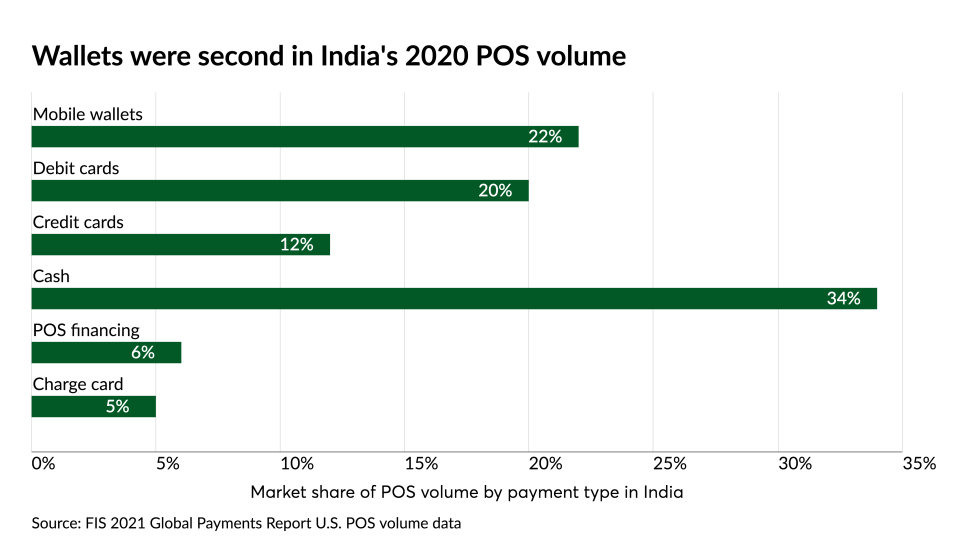Mobile wallets have seen strong adoption as an in-store payment method in China, but have lagged in appeal in the U.S. until recently. Coronavirus fears have caused many Americans to rethink the mobile wallet’s value proposition.
“The biggest problem with mobile wallet adoption and usage was always merchant acceptance,” said Jason Pavona, general manager for North America e-commerce at FIS. “COVID changed that overnight. Mobile wallets have been the big winner in the last year as COVID has made people rethink how they pay in-store and online.”











